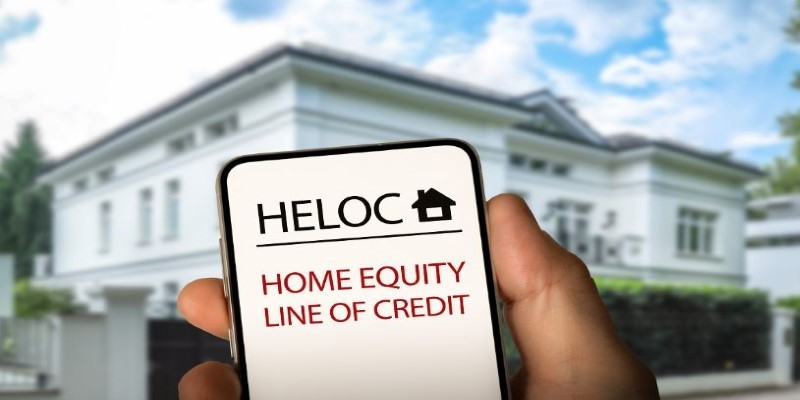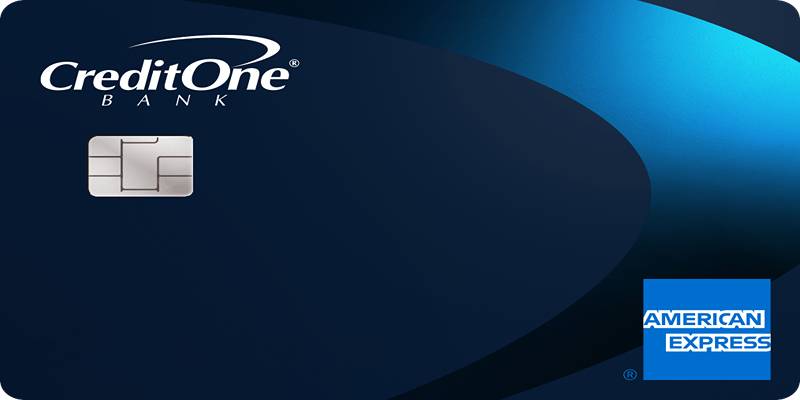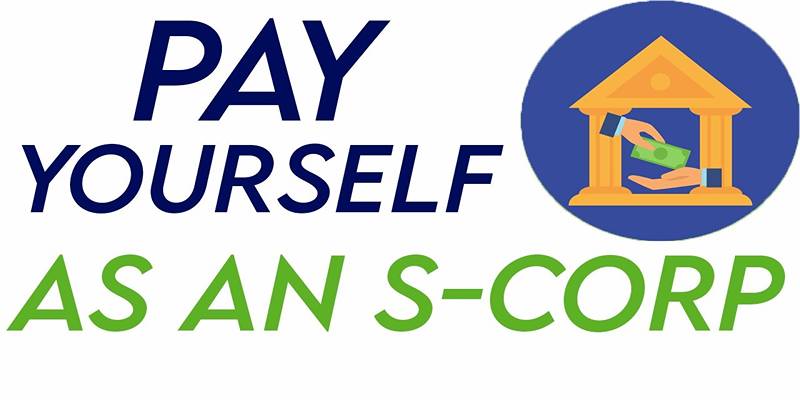A Home Equity Line of Credit (HELOC) can be a game-changer for homeowners who need flexible financing. It allows you to borrow against the equity you've built in your home, offering access to funds whenever you need them. Whether it's for home improvements, paying off high-interest debt, or covering unexpected expenses, a HELOC can be a smart financial tool.
However, it's important to understand how it works and the potential risks involved. In this article, we'll explain what a HELOC is, how it works, its advantages, and the things you should remember before dipping into your home's equity. Let's dive in!
What is a Home Equity Line of Credit (HELOC)?
A Home Equity Line of Credit (HELOC) is a loan that lets you borrow money using the equity in your home as collateral. The amount you can borrow is based on the difference between your home’s current value and your mortgage balance. For example, if your home is worth $300,000 and you owe $200,000, you may have $100,000 in equity, and lenders could allow you to borrow up to 85% of that, or $85,000, depending on your creditworthiness and lender’s policies.
In contrast to the lump sum provided by a traditional loan, a HELOC provides a revolving line of credit. You can borrow, payback, and borrow again. HELOCs have variable interest rates that shift with market trends. This option is flexible in borrowing but necessitates careful control of fluctuating rates. One should weigh the risks and benefits before utilizing a HELOC to ensure it is suited to one's financial needs.
How Does a HELOC Work?
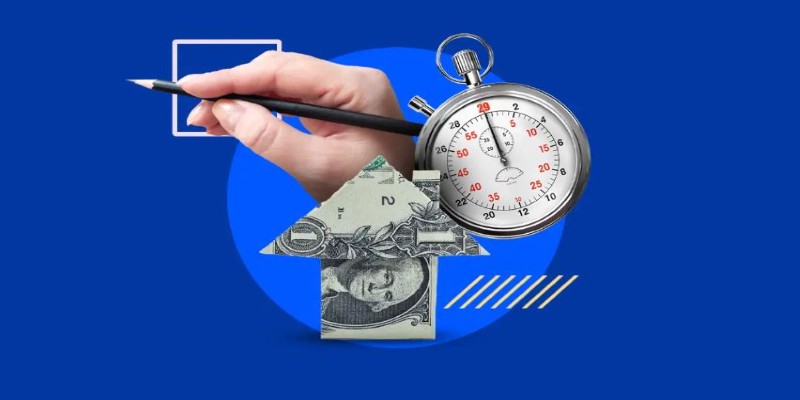
The way a HELOC works is relatively simple. Having obtained approval for a home equity line of credit, you're provided with the availability of a predetermined credit amount. You can borrow from this line of credit whenever necessary, up to the value, and you only pay interest on the borrowed portion, not the overall line of credit.
A HELOC is typically divided into two phases:
Draw Period: This initial phase lasts 5 to 10 years, where you can borrow from the credit line. You may only need to make interest payments, though some HELOCs require principal payments as well.
Repayment Period: After the draw period, the repayment phase begins, lasting 10 to 20 years. During this time, you can no longer borrow, and you must repay both principal and interest.
HELOCs typically have variable interest rates, which can fluctuate based on market conditions. This offers flexibility when rates are low but poses a risk if they rise significantly.
Benefits and Risks of a HELOC
A Home Equity Line of Credit (HELOC) allows homeowners to borrow against their home’s equity. While it offers benefits, it also comes with risks. Here’s a quick overview of both.
Benefits of a HELOC
A HELOC offers several advantages for homeowners in need of flexible financing:
Flexibility: Borrow funds as needed, similar to a credit card, allowing withdrawals, repayments, and re-borrowing.
Lower Interest Rates: HELOCs are secured loans, so they generally have lower interest rates than unsecured loans or credit cards.
Tax Deductions: Interest on a HELOC may be tax-deductible if used for home improvements (consult a tax professional).
Large Loan Amounts: You can borrow based on your home equity, making it ideal for major expenses like renovations or debt consolidation.
Improved Credit Score: Timely payments and low debt ratios can boost your credit score over time.
Risks and Considerations
Though beneficial, HELOCs have potential downsides:
Variable Interest Rates: Payments can rise if interest rates increase, making them harder to manage.
Risk to Your Home: Failing to repay could lead to foreclosure, as your home serves as collateral.
Fees and Costs: HELOCs may include fees, such as annual, application, or early termination charges.
Credit Impact: Poor management, like missed payments or high balances, can harm your credit score.
Short Draw Period: The 5-10-year draw period may not provide enough time to fully use the funds.
How to Use a HELOC Effectively?
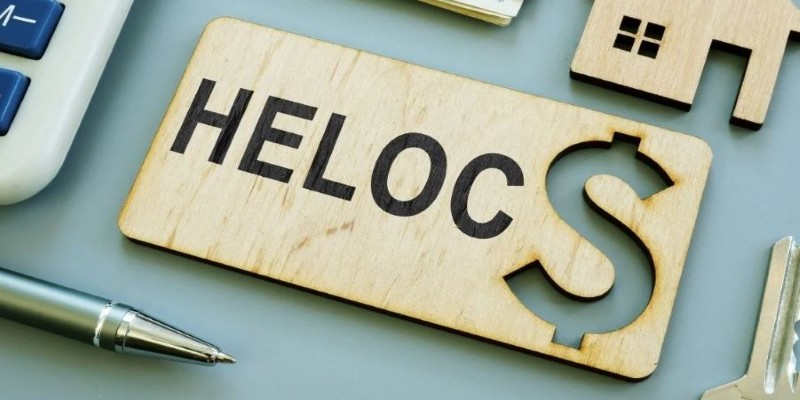
A HELOC can be a powerful tool when used responsibly. Here are a few tips on how to use it effectively:
Borrow Only What You Need: While a HELOC gives you access to a significant amount of credit, it’s essential to borrow only what you need and can afford to repay. Borrowing more than you can handle can lead to financial strain.
Make Timely Payments: Just like any loan, making timely payments is essential for maintaining a good credit score and avoiding penalties. Set up automatic payments if necessary to ensure you don’t miss any due dates.
Have a Repayment Plan: Plan ahead for the repayment period. Know how much you’ll need to pay each month after the draw period ends and make sure you can afford those payments.
Use for Major Expenses: HELOCs are ideal for funding major expenses like home renovations, college tuition, or consolidating high-interest debt. However, they should not be used for everyday spending or impulse purchases.
Monitor Interest Rates: Monitor interest rates, especially if you have a variable-rate HELOC. If rates rise significantly, you may want to consider refinancing your HELOC or paying down the balance faster to avoid paying more in interest.
Conclusion
A Home Equity Line of Credit (HELOC) offers a practical solution for homeowners needing financial flexibility. With its potential for lower interest rates and a revolving line of credit, it can be a great tool for funding significant expenses like home improvements or education. However, it's vital to approach a HELOC with caution—understanding the risks, including variable interest rates and the responsibility of repaying your home as collateral. By using it wisely and having a clear repayment strategy, a HELOC can empower you to achieve your financial goals without compromising your long-term stability.


